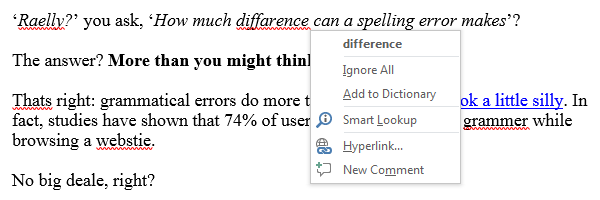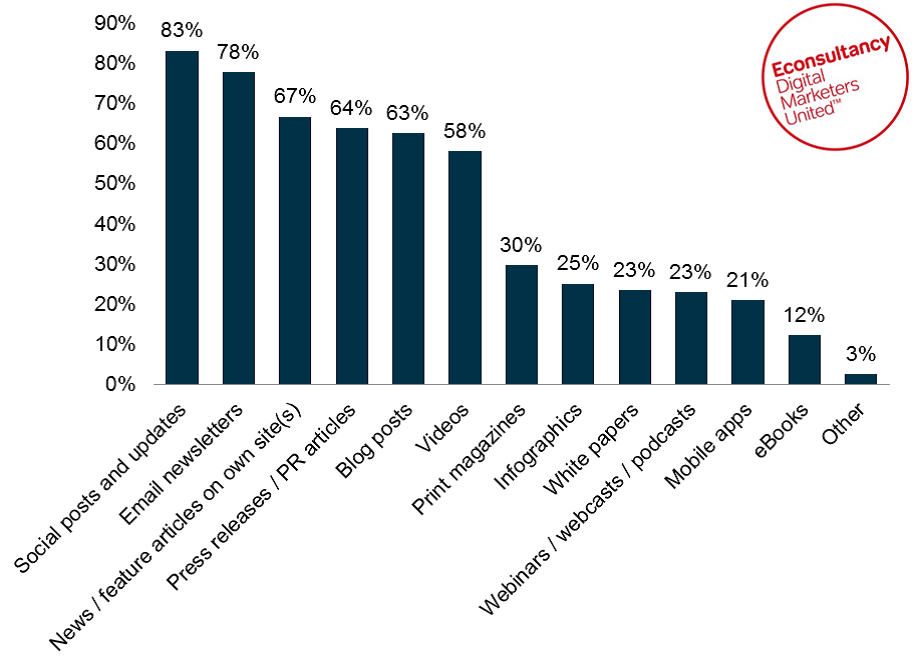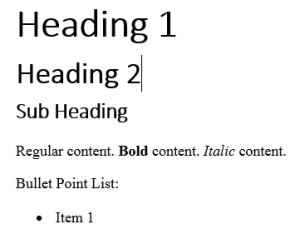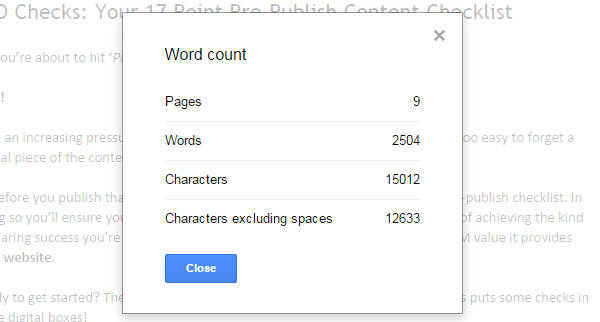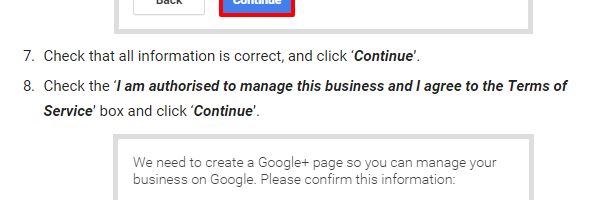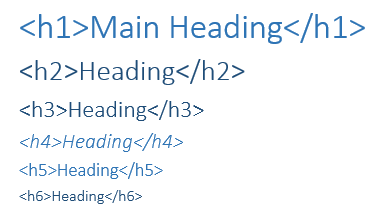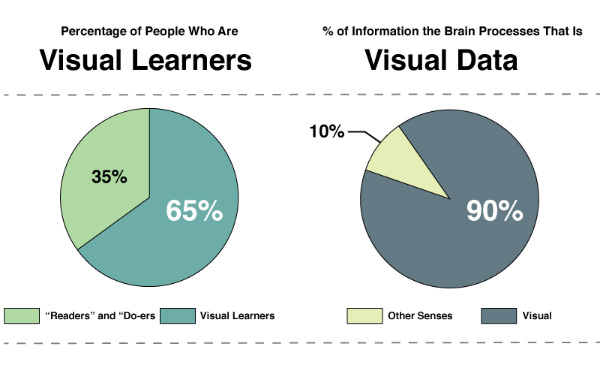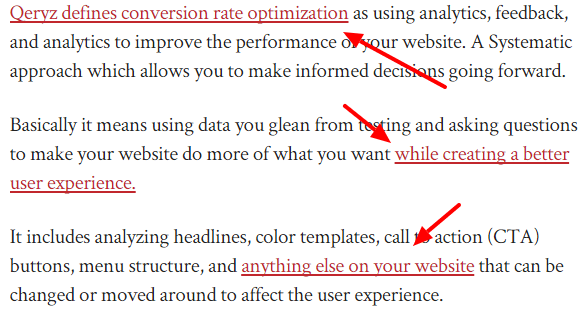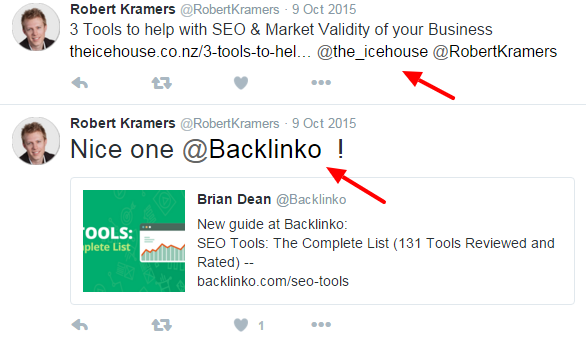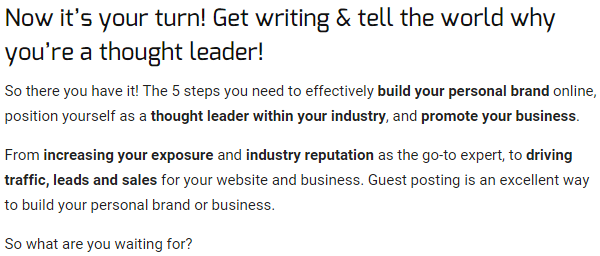SEO Checks: Your 17 Point Pre-Publish Content Checklist

So, you’re about to hit ‘Publish’ on your latest piece of content.
Stop!
With an increasing pressure to create lengthy, viral, highly-shared content, it’s all too easy to forget a crucial piece of the content puzzle along the way.
So before you publish that next piece of content, run it by our helpful 17 point pre-publish checklist. In doing so you’ll ensure your content is the best it can be. Giving it the best chance of achieving the kind of sharing success you’re looking for. And in turn? You’ll maximise the SEO and SEM value it provides your website.
Ready to get started? Then re-open that Word .doc, grab your virtual pen, and let’s puts some checks in some digital boxes!
1. Spelling & Grammar
‘Really?’ you ask, ‘How much difference can a spelling error make’?
The answer? More than you might think!
That’s right: grammatical errors do more than just make you look a little silly. In fact, studies have shown that 74% of users notice spelling and grammar while browsing a website.
No big deal, right?
Here’s the alarming part:
A staggering 59% said bad spelling and grammar leave them reconsidering making a purchase!
The odd errant comma? We’re only human after all! But consistently messy content makes a poor first impression. And with users making up their minds in some 2/10ths of a second? You want to be giving them a reason to stick around, not leave!
Spelling & Grammar Checklist
- Run your content through MS Word’s or Google Doc’s built-in spell checker.
- Use Reverso to check your country-specific spelling.
Tip! Use appropriate US or UK spelling depending on your target audience and their location. - Check your grammar with Grammarly.
- Invite a friend or colleague to proof-read your content.
- Set your content aside for a few days, and then return to it with fresh eyes. Does anything sound out of place? Change it!
2. Content Type
Image courtesy outbrain.com
There’s something you should know about content:
It’s more than just words on a page!
It’s true: content is no longer constrained to lengthy blog posts. In fact, the format your content takes can ultimately decide just how successful it is.
How so? Because some content is shared on social media more than others. Meaning time invested in a content type that doesn’t fit your audience, industry or niche may not offer the return you’re expecting.
The lesson here?
Don’t be afraid to experiment!
From YouTube Videos and Periscope broadcasts, through to Infographics and Slideshare presentations: you have access to more variety now than ever before. So think outside of the content-creating box and you’ll be surprised at the results!
Content Type Checklist
- Research the types of content that are shared the most within your industry using Buzzsumo, Alltop and MOZ On Site Explorer.
- Get started on practicing how to create great content with your selected type of content.
3. Structure & Formatting
Your content’s structure and formatting directly impacts your content’s readability. And given only 20% of users read past the headline? Anything that encourages them to read from start to finish is worth your attention!
Whether you do this with punchy opening lines, visually appealing formatting, or a proven content structure template, all of these techniques have one thing in common:
They funnel users down the page.
This is crucial if your content leads into a call to action that encourages users to purchase a product, sign up to a newsletter or subscribe to a service.
If they never reach the bottom? They’ll never know it exists!
Structure & Formatting Checklist
- Use short, punchy sentences to draw readers in.
- Transition to longer sentences that explain further.
- Include headings to give your content structure.
- Utilise a range of formatting including bullet points, numbered lists, bold and italic.
4. Content Length
When it comes to content, length really does matter.
Why?
Because users are more likely to share lengthy content!
And there are a number of reasons for this:
- Lengthier content is seen to provide a higher value.
- It inspires a sense of awe. An emotional response that means users more likely to share.
As a result? Lengthy content ranks higher in search engine results.
Content Length Checklist
- Hit at least 800 words for regular blog content.
- Aim for 1,200+ words for content based on lucrative keywords.
- Reach for 2,000+ words for Pillar Pages and Cornerstone Content.
5. Practical Value
One of the easiest ways to get your content shared?
Provide users with practical value!
So whether you’re answering a question or solving a problem: be practical about it.
Even content that doesn’t lend itself to traditional methods of adding practical value still have room for practical additions. A video that explores the topic in further detail, perhaps? Or a list of resources that provides further reading?
No matter the content, there’s always room to add a dash of practicality.
Practical Value Checklist
- Include step-by-step instructions.
- Add instructional images, videos, or both!
- Throw in downloadable extras like .PDF guides and templates.
6. Headline
As an internet user, chances are you’ve seen headlines like these:
‘13 Ways To Change Your Life. You Won’t Believe #4!’
‘This Person Did Something Crazy! You’ll Never Guess What!’
Look familiar? We thought so!
Affectionately referred to as ‘Clickbait’, these headlines serve a sole purpose: getting you to click via any means possible!
And they’re becoming more prevalent for one main reason:
They work!
Such is the power of an article’s headline.
So while we’re not asking you to turn your content into a Buzzfeed article. What we are highlighting is just how important your content’s headline can be.
In fact, it can mean the difference between a user deciding whether to click or not.
Crafting the perfect headline doesn’t have to be difficult, either. In fact, there are a number of key components that show up in all great headlines that you can use to ensure your headlines grab readers attention.
Headline Checklist
- Follow a proven headline structure.
- Include a number, the more odd the better.
- Include highly-shared buzzwords like ‘Free!’, ‘List Post’ ‘How To’ and ‘Your’.
- Include brackets and hashtags.
- Test your headline’s pulling power with the CoSchedule Headline Analyser.
7. Keyword Usage
Modern day content creation creation is founded on a simple philosophy:
Provide value!
This has seen content creators doubling down on value-driven, worthwhile content that provides something of value to users.
But this philosophy works both ways.
How so?
You shouldn’t forget to provide value for your site as well! And by maximising your use of relevant keywords throughout your content? You’ll do just this.
In turn? You’ll turn a great piece of content into a great piece of content that’s guaranteed to help your site’s ranking and online visibility.
Keyword Usage Checklist
- Include keywords in your content’s headline.
- Add keywords to headings and subheadings.
- Scatter keywords throughout your content, particularly the opening paragraphs.
- Sneak keywords into image ALT tags and filenames.
- Check your content’s keyword density with SEO Book’s Keyword Density Analyzer.
8. H1-H6 Headings
The hype-men of HTML, headings tell Google that the text to follow is both:
- Relevant to a specific keyword.
- Is worth getting excited about!
And when it comes to your content? You want Google to be excited!
The benefits don’t end there, either. In fact, their uses are numerous!
- They provide visual interest to otherwise boring content.
- They provide your content with an easily digestible structure.
- They break up large walls of text.
- They provide the perfect opportunity to flex your On-Page Optimisation muscles and maximise your keyword usage!
H1-H6 Headings Checklist
- Include at least 1 H1 tag.
- Include at least 2 or 3 H2 tags
- Include a number of sub-headings from H3 through to H6, where possible.
- Ensure headings contain at least 1 relevant keyword.
9. Visual Interest
Image courtesy contentmarketinginstitute.com
Images, video and other media do more than just make your content look good.
In fact, adding points of visual interest to your content not only makes it more engaging, interesting and memorable. But it’s been shown that content that includes images receives some 94% more views than content that doesn’t.
Visual Interest Checklist
- Include a high-resolution header image.
- Sprinkle images throughout to illustrate a point, support the text or provide visual interest.
- Use Awesome Screenshot to include screen-grabs that will make your guide a real go-to.
- Include an image of yourself alongside your author bio to humanise your content and connect with users.
- Create and add an infographic using Venngage.
10. Internal & External Links
Links are what make the world (wide web) go round.
In fact, they’re still one of the biggest ranking factors when it comes to Google and your site’s placement within search engine results.
This is why it’s crucial that you maximise your use of links within the content you produce. Otherwise your meticulously crafted content will fail to provide your website with a benefit beyond a pat on the back!
Internal & External Links Checklist
For Your Site’s Content
- Link to 3+ external site resources, guides or supporting information.
- Link to relevant products or services that you offer but only when natural and appropriate.
- Utilise relevant keywords within anchor text.
For Guest Posts
- Add 3 links to articles on the target website’s blog that support your content.
- Add 1 link to supporting content on your own site.
- Add 3+ links to other external resources, articles or discussion points.
11. Sharing Functionality
What better way to get users to share your content than giving them a way to do so directly within your content itself?
By creating shareable snippets, you’ll be able to do just this. Which in turn makes your content that much easier to share. And as an added bonus? You’ll no longer be reliant on users remembering you when they next open their social networks.
Sharing Functionality Checklist
- Highlight three lines that can stand on their own as interesting snippets.
- Turn these into shareable snippets using a plugin like ShareIt.
12. Calls To Action
In the online world, many users won’t do something unless they’re prompted.
When it comes to your content? They find it, they read it, and they leave.
But you shouldn’t let users go that easily!
Your content has already done the heavy lifting: it’s gotten them in the virtual door. Now it’s up to you to direct them as to what they do next!
Enter Calls To Action. The perfect way to encourage users to share, sign up to, or download something!
Calls To Action Checklist
- Add a major call to action at end of your content that asks users to share, comment or sign up to your newsletter.
- Experiment with alternative, interactive calls to action.
13. Mention Industry Leaders
Industry leaders are just that: people within your industry who have worked their way to the top. And along the way? Garnered quite the following!
While you may aspire to reach the same lofty heights one day, there are ways you can effectively engage with industry leaders that can benefit your content today.
By simply mentioning these leaders within – and when sharing – your content, you’ll be able to tap into their vast following. Which provides you with:
- A perfect ice-breaker and a way to promote discussion.
- Improve your standing as a thought leader by showing you’re aware of other experts within your industry.
- A Retweet, Favourite or Like which can supercharge the sharing of your content!
Industry Leaders Checklist
- Mention industry leaders, tool creators or software by name within your content.
- @ mention or tag these people, services or software when sharing via social media.
14. Content Summary
Let’s face facts: attention spans aren’t what they used to be.
In fact, some 55% of visitors spend fewer than 15 seconds on a website before deciding whether to stick around. While just 16% actually read content word-by-word.
With so many users now skim-reading, it’s imperative that your content can still provide value to this time-poor crowd.
Including a summary is the perfect way to do this. Both summarising your post for those with TL:DR at the forefront of their online vocabulary, and providing an end-point for those dedicated few who’ve read top-to-bottom.
Content Summary Checklist
- Include a summary of between 150-200 words.
- Highlight at least 3 major points covered within your content.
15. Author Bio
It’s always the way: you can write 5,000 words on Soil Pests in a day, but when it comes to a few hundred words about yourself? It can feel like pulling teeth!
Such are the struggles of a little self promotion!
These struggles are worth overcoming. In fact, your author bio is a key component of any piece of content you create. Whether for your own blog or for others.
Why?
Because your author bio is your shot at fifteen minutes of internet fame: a place where a little shameless self-promotion is encouraged and a touch of humour is commonplace.
It’s here that you get your opportunity to shout to the world who you are, what you do, and what you’re about. As well as why users should be listening to you!
Author Bio Checklist
- Emphasise your years of experience.
- Include a mention of your previous work.
- Mention any accolades, industry recognition or awards.
- Add a joke, witty comment or personal touch that breaks the ice.
- Throw in a link to a relevant page like your website, an event or e-book you’ve written.
16. Credibility
It’s a fact: Most people don’t trust what they read online.
‘How many?’ you might ask? A staggering 98%!
The truth of the matter is that no one is going to trust your wild claims or outlandish theories just because you said so. Rather, users are looking for something tangible. That is, cold hard facts.
By including stats, figures, and supporting works within your content, you’ll be able to provide weight to your claims. In turn building trust with users, and increasing your credibility within your given industry.
Credibility Checklist
- Making a claim? Include stats, figures and a link to their source to back this up.
- Discussing a theory, idea or strategy? Include links to related reading from thought leaders within your industry.
- Add thoughts or comments from industry leaders and experts to your content.
17. Timing
Content written. Layout finalised. It can be all too tempting to hit ‘Publish’ and call it a day.
But this practice could be harming your content’s chances of being seen.
How so?
Because users’ browsing habits see them online at varying hours of both night and day.
Posting your content when they’re sleeping? Or celebrating a public holiday with the family? You’re unlikely to garner much of a response!
In fact, when you post and share your content to social media often directly correlates to just how successful it is. Which can impact its views, comments and shares.
Timing Checklist
- Compare the views, shares and comments of previously published content to the time it was posted.
- Utilise social network tools like Facebook’s Audience Insights to see when your audience is active.
- Check the best times to post and share your content.
